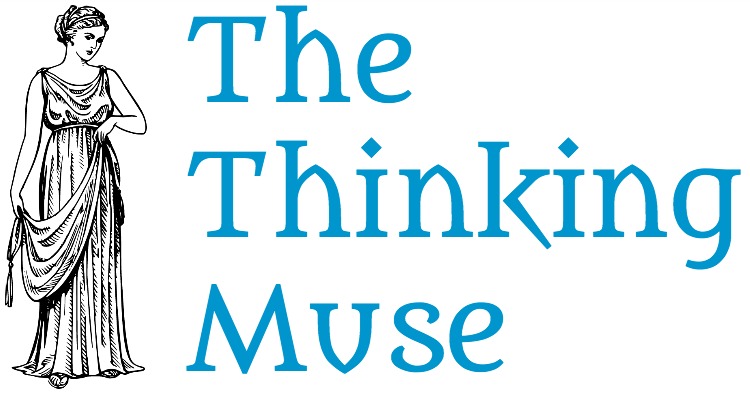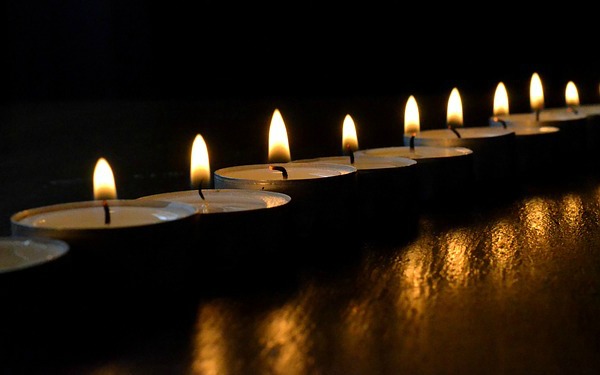Mind over matter: 5 ways meditation gives you control of your life

Control.
We all want it. We all feel helpless without it. At least control of our own life, not necessarily the world. Although I am sure some people want that too, I don’t.
We want the ability to change things when we don’t like what is going on. We want to be able to direct our future. We want the option and the ability to live our best life.
How do you get more control? The answer is meditation. Have you ever seen an interview with the Dalai Lama? He really appears to have it all figured out. He seems at peace and happy. He is living the life!
Meditation fits in perfectly with the theme of the month, mind over matter. The mind can do wonderful things. We don’t even know everything we are capable of. But, I thought I would give you peek at what is possible if you become an experienced practitioner of meditation.
If these examples of the benefits of meditation don’t motivate you, nothing will.
Take a look at what meditation can do for you.
1. Be happier
 Tibetan monk, Matthieu Ricard, is able to do amazing things with his meditating mind. While meditating on compassion, his brain showed abnormally high levels of gamma waves. Gamma waves are linked to consciousness, attention, learning, and memory.
Tibetan monk, Matthieu Ricard, is able to do amazing things with his meditating mind. While meditating on compassion, his brain showed abnormally high levels of gamma waves. Gamma waves are linked to consciousness, attention, learning, and memory.
He also demonstrated much more activity in the left prefrontal cortex compared to the right. This equates to more capacity for happiness and less for negativity. Some have dubbed him the World’s Happiest Man.
I fully recognize that everyone is responsible for their own happiness, but this is on a whole other level. This is definitely something to remember when you are having a bad day or don’t feel like you have the energy to deal with life’s little messes. Tune into compassion and be at peace.
“Anyone can be happy by simply training their brain.” -Matthieu Ricard
2. Govern your body temperature
You can never complain about being cold ever again.
Tibetan Buddhist monks have the answer to your problems. It is through the meditative practice called g Tum-mo yoga. Monks have shown the ability to raise the temperature of their fingers and toes by almost 15 degrees Fahrenheit. Their internal body temperature doesn’t change.
They even turn it into a competition. They will sit naked while cold wet sheets are draped around them. The one who can completely dry the most sheets before dawn wins. Sometimes you can see the steam rising off the sheets. Another variation on this theme that is done is sitting in snow and melting it around you.
Frankly, being naked and wrapped in cold wet sheets sounds like torture, but I have to remember that once winter rolls around again.
3. Manage your health
We all know that heart rate, blood pressure, and respiration are all key indicators of health. These are often the first things checked when going in for a doctor visit.
French cardiologist, Therese Brosse, studied Indian yogis back in 1935. She was one of the first to promote the use of scientific instruments to measure the effect of meditation. This is great since a lot of the findings were quite hard to believe.
She found highly trained yogis that were able to lower their heart rate to the point where it wasn’t measurable with a stethoscope. She also documented yogis being able to slow their respiration. I can’t even believe the amount of control over their vital organs these practitioners had. Honestly, I wouldn’t believe it if she didn’t measure it quantitatively. I guess I am a skeptic.
There you go. If you can regulate your own primary health indicators then you really are the master of your own domain. Something to consider if this is a concern of yours.
(See Related: Let’s NOT get the party started)
4. Be one with the universe
 Humans tend to mentally operate in 1 of 2 modes at any one time. The external(extrinsic) and the internal(intrinsic).
Humans tend to mentally operate in 1 of 2 modes at any one time. The external(extrinsic) and the internal(intrinsic).
When working in the external mode, we are processing external stimuli and tasks. Getting dressed, driving to work, and grocery shopping. The business we take care of on a daily basis.
When working in the internal mode, we are doing the opposite. Stream of consciousness, daydreaming, or inner rehearsal. Things that we are doing “in our heads.”
Because we tend to operate in one mode at a time, it can create a duality between the mind and body.
Certain meditative states enable the mind to work in nontypical ways. Ways that the extrinsic and intrinsic networks can work together rather than competing against each other for attention. This joining of your internal world with the external world gives a sense of being one with the universe. This magnifies the mind-body connection into a higher consciousness.
(See Related: Mind over matter: Learn from the placebo effect to heal yourself)
5. Overcome Death?
Have you heard of thukdam or tukdam? It is a special meditative state seen occasionally in Buddhist monks. This rare state occurs when someone dies while deep in meditation. The Buddhists don’t believe the practitioners are actually dead during this state, they explain it as one step away from enlightenment.
What is amazing is that the body of the practitioner shows no signs of decomposition for a week or longer. The skin and body is soft and has the full appearance of life. It is like their meditative state got locked in and their body continued with the same processes despite what the vital organs did. They claim the body eventually shrinks away to just hair, nails, and clothes.
If there is a rainbow that glows in the sky then the practitioner has obtained a “rainbow body.”
You have the power
 Inspiring, right? Next time you feel you have no control in this world remember what is possible.
Inspiring, right? Next time you feel you have no control in this world remember what is possible.
You have the power to do magnificent things!
I know the examples presented were extreme results from highly trained practitioners. This doesn’t mean that you wouldn’t benefit from small results from whatever level of practice that you are coming from. Every bit helps.
Just knowing that it is possible is the first mental hurdle. The next step is to do something about it. This is where we often fall down, at least I do. Rather, I am okay at starting practice, but the continuation is my problem. It is simple, but not easy. Persevere!
I do enjoy yoga when I practice. I also try to be mindful. Meditation is harder for me, but considering the benefits, I will have to give it another go. Maybe I will be motivated enough when I am cold in my bed.
(See Related: Why I love online yoga classes (and you will too))
I would love to hear how meditation has helped you. Let me know on my Twitter channel or drop me a note.
Resources
Biofeedback Research and Yoga from YogaPsychology.org
Finding Nonduality: meditation in light of neuroscience and modern psychology from New York Psychoanalytic Society & Institute
Henig, Robin Marantz. “The Crossing.” National Geographic Apr. 2016: 30-52. Print.
How You Can Train Your Mind To Do The Impossible from Huffington Post
Is This Mummy Dead…Or Meditating? from Smithsonian Magazine
SCIENCE WATCH; Heat From Meditation from New York Times
The Buddhist and the Neuroscientist from The Atlantic
The World’s Happiest Man Is a Tibetan Monk from Smithsonian Magazine




